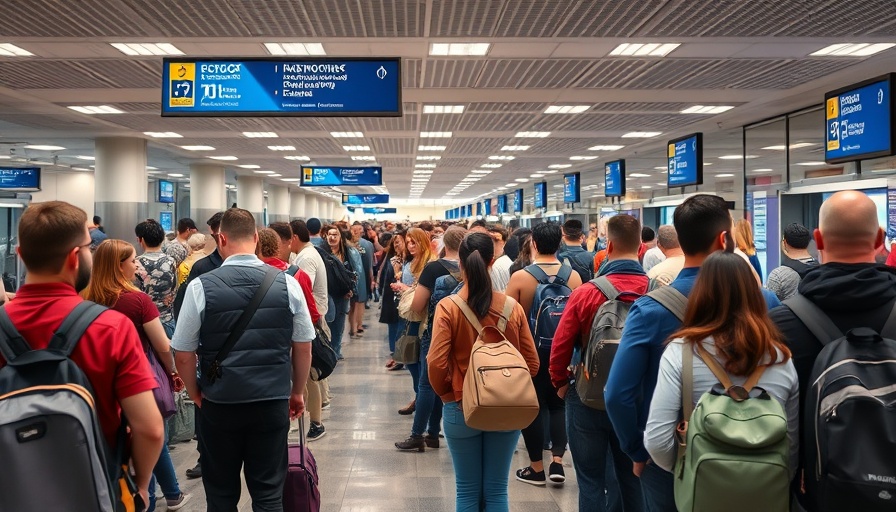
Exciting Shift in Airport Security: Shoes on, Everyone!
Imagine gliding through airport security without the hassle of removing your shoes. Sounds like a dream, right? Well, thanks to a new plan by the Transportation Security Administration (TSA), this could soon be a reality for many travelers. After nearly twenty years of requiring passengers to kick off their kicks at security checkpoints, the TSA is considering a change that promises to make the travel experience smoother and more comfortable.
From Shoe Bombers to Convenience: The Story Behind the Change
Since 2006, travelers have removed their shoes due to increased security concerns following the infamous "shoe bomber" Richard Reid, who attempted to ignite explosives hidden in his footwear on a flight. This crucial security measure was intended to keep all passengers safe. However, with the rise of programs like TSA PreCheck—which allows certain travelers to keep their shoes on—the conversation about shoe removal has been evolving.
The Benefits: A More Streamlined Experience
For many business leaders and professionals, time is money. The TSA's potential decision to allow passengers to leave their shoes on aligns perfectly with this sentiment. Keeping shoes on could reduce wait times and streamline the boarding process. Meanwhile, as we look towards an increase in holiday travel, such shifts could help ease the travel stress typically experienced during peak seasons.
What This Means for the Future of Travel
Travelers have grown accustomed to navigating long security lines while balancing laptops and jackets alongside bare feet. If the TSA implements this new policy, it could set a new standard for air travel, showcasing more flexibility and efficiency in airport procedures. For tech-savvy professionals seeking quicker and more convenient solutions, this change could enhance the overall flying experience.
Embracing a New Era of Travel Comfort
As we adapt to new travel norms, it's crucial for industry stakeholders to engage in the conversation about how security measures affect the traveler experience. Understanding these dynamics is vital for business leaders who need to navigate the future of work seamlessly—often beginning right at the airport.
 Add Row
Add Row  Add
Add 










Write A Comment